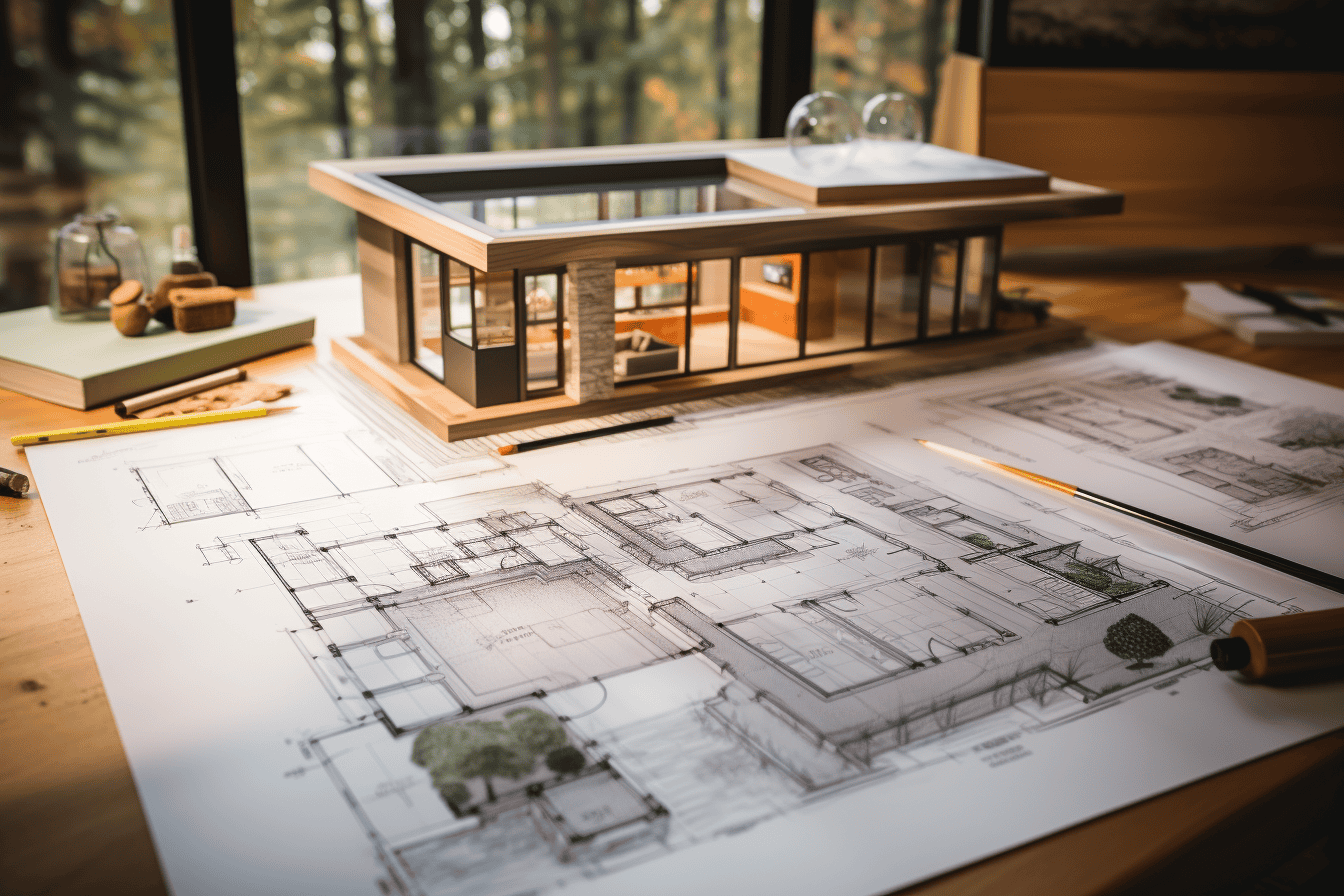Many people may think that a larger home equals more comfort, but that’s not entirely true.
A large house will add more cleaning tasks and higher maintenance costs.
What Are the Sizes of Homes Around the World?
The size of homes varies greatly from country to country.
A published study shows these differences, ranging from 45 m2 in Hong Kong to 225 m2 in the United States.
Disparities in home sizes can be attributed to various factors, such as:
- Population density in each region.
- Cultural differences between countries.
- Levels of wealth.
- Climate.
What Is the Ideal Home Size?
There’s no one-size-fits-all rule for the optimal size of a home because it varies based on personal needs and preferences.
However, some countries and cities have established a minimum number of square meters that a home should have per person.
In London, for example, new apartments must have at least 37 m2 for one person and 50 m2 for two.
These figures serve as a guideline for understanding the minimum requirements, but they will vary based on your country and individual circumstances.
Factors to Determine Your Ideal Home Size
Consider the following factors when determining the ideal home size for you:
1. Family Size
Take into account the number of people who will be living in the house.
A larger family will require more space to live comfortably.
2. Budget
When deciding on your home’s size, don’t ignore financial considerations.
A larger home comes with a higher price tag and more long-term maintenance expenses.
3. Future Plans
If you plan to have children in the future or anticipate that your space needs will change over time, take that into account.
4. Lifestyle
Do you work from home?
Does any family member have hobbies that require space?
How much time do you spend outside each day?
All these questions can guide you in determining the home size that suits your needs.
Tips for Choosing the Ideal Home Size
In addition to considering the factors mentioned above, follow these tips when selecting the perfect size for your new home:
1. Understand Your Needs
Think about how many rooms you need.
Whether you want a separate office space, if you plan to have pets, or if you frequently have guests staying over.
Remember to consider possible future needs, such as accommodating an older family member.
2. Visit Homes of Different Sizes
A useful strategy might be to visit homes of various sizes, with different numbers of rooms and layouts.
This will allow you to experience, albeit briefly, how these homes feel.
Imagine living with your family in each one and how you would use the available space.
3. Maximize Space Usage
In addition to the number of rooms, it’s also important to consider the layout and functionality of the spaces.
Two 100 m2 homes can feel very different based on how their rooms are organized.
It’s also crucial to think about various ways to make the most of every surface intelligently.
4. Consider Maintenance Costs
The size of a home can affect maintenance expenses, as larger homes tend to require more energy, time, and resources to keep them in good condition.
As the property size increases, the associated costs are likely to rise as well.
Below are some costs affected by home size:
- Electricity and climate control.
- Cleaning tasks.
- Gardening and landscaping.
- General repairs.
At the end of the day, it’s crucial that the size of your home aligns with your preferences.
There is no one-size-fits-all perfect home size, but you can find one whose dimensions suit your family’s needs and lifestyle.
Finding the perfect balance between necessary and desired space is important.
If you have a large family, you may want enough room for each member to feel comfortable.
On the other hand, if you have a more minimalist lifestyle or a limited budget, a smaller home may be more suitable for you.




